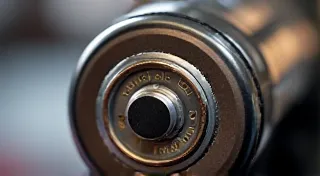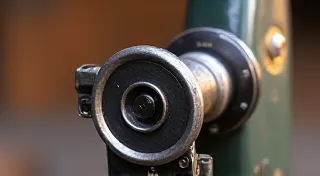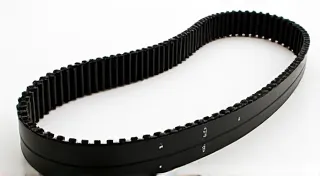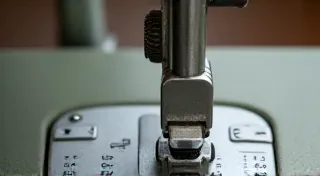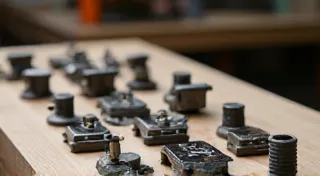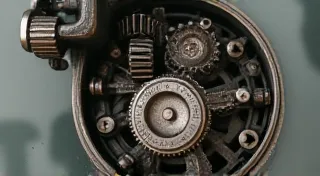Dealing with Rust on Antique Singer Sewing Machines
Rust is a common enemy of antique Singer sewing machines. Decades of neglect, improper storage, and exposure to moisture can lead to unsightly and damaging corrosion. This guide provides practical methods for removing rust and preventative measures to protect your treasured vintage machine. Preserving these machines isn't just about aesthetics; it's about maintaining a piece of history that can continue to function beautifully for years to come. Sometimes, the maintenance involved is more than just a simple cleaning – more extensive repairs and restoration might be necessary, and understanding the basics is the first step.
Understanding the Enemy: Types of Rust
Before you start removing rust, it’s helpful to understand its severity. Rust ranges from light surface staining (often called "orange peel") to deep pitting that can weaken metal. Recognizing the extent of the rust dictates the appropriate removal method. Light surface rust might respond well to gentle cleaning methods, while heavier rust could require more aggressive techniques. It's also important to note that the type of metal – cast iron, steel, or alloys – will impact how it reacts to different rust removal solutions. Even seemingly minor rust can quickly spread if left untreated, so prompt action is key.
Rust Removal Methods: Choose the Right Approach
Several methods exist for tackling rust on antique Singer sewing machines. Here’s a breakdown, ranging from gentle to more aggressive:
1. Gentle Cleaning with Vinegar
For light surface rust and staining, white vinegar is a surprisingly effective and safe option. It’s a surprisingly accessible solution, especially for those new to sewing machine repair.
- Soak a cloth or paper towel in white vinegar.
- Apply the vinegar-soaked cloth to the rusted area, ensuring good contact.
- Allow the vinegar to sit for 15-30 minutes. Monitor closely – don't let it sit too long, especially on painted surfaces!
- Scrub gently with a soft brush (an old toothbrush works well).
- Rinse thoroughly with clean water and dry immediately.
Caution: Vinegar can damage painted surfaces and decals. Test in an inconspicuous area first.
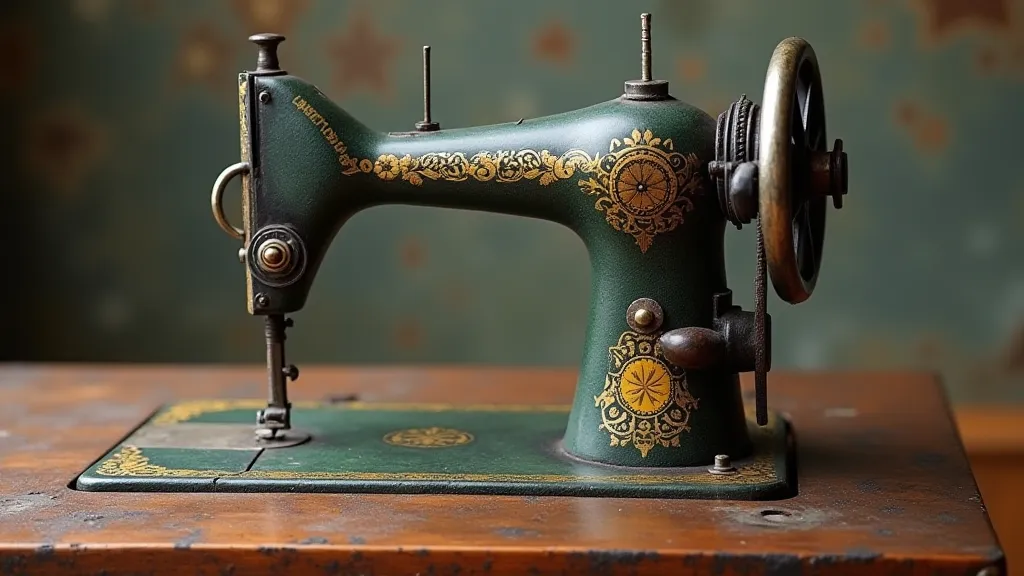
2. Baking Soda Paste
Baking soda offers a mild abrasive action to help lift rust without excessive scratching. It’s a good option for those who prefer to avoid harsher chemicals. Proper maintenance is key to avoiding significant rust build-up, and having the essential tools for Singer sewing machine repair on hand makes all the difference.
- Mix baking soda with water to form a thick paste.
- Apply the paste to the rusted area.
- Gently scrub with a soft cloth or brush.
- Rinse thoroughly with clean water and dry immediately.
3. Commercial Rust Removers
Numerous commercial rust removers are available. Choose one specifically designed for metal and read the instructions carefully. Some may contain strong chemicals. Always wear gloves and eye protection when using these products. When dealing with complex repairs or needing specialized parts, remember that the Singer 201 repair can be a surprisingly straightforward project with the right guidance. However, always prioritize safety.
4. Mechanical Rust Removal (More Aggressive)
For heavier rust, mechanical methods may be necessary. This requires more care and skill to avoid damaging the machine. Knowing when to use these methods and when to seek professional help is crucial.
- Wire Brush: Effective for removing loose rust but can scratch the metal. Use carefully and selectively.
- Sandpaper: Start with a coarser grit (e.g., 120 grit) for heavy rust and gradually move to finer grits (e.g., 220, 320) to smooth the surface. Use a sanding block for even pressure.
- Rotary Tool (e.g., Dremel): Can be used with polishing attachments to remove rust. Exercise extreme caution and use appropriate safety gear.
Protecting Your Machine: Preventing Future Rust
Removing rust is only half the battle. Preventing it from returning is crucial. It’s often more effective to prevent rust than to constantly fight it. Regular cleaning and lubrication are your best defenses.
- Clean Regularly: Dust and debris can trap moisture and accelerate rust. Pay particular attention to areas where grease and oil tend to collect.
- Lubricate: Proper lubrication keeps moving parts running smoothly and prevents moisture from settling. Use a high-quality sewing machine oil, and apply it to all moving parts.
- Apply Protective Coatings: Several options exist:
- Oil: A light coat of machine oil provides basic protection.
- Wax: Paste wax or carnauba wax creates a barrier against moisture.
- Rust Inhibitor Sprays: Available at auto parts stores, these sprays create a long-lasting protective layer.
Important Considerations for Antique Singer Sewing Machines
Antique Singer sewing machines are often beautifully decorated with paint, decals, or intricate finishes. Always test any rust removal method in an inconspicuous area first to avoid damage. If you're unsure about a particular method, consult a professional restoration expert. It's vital to understand that these machines aren’t just about functionality; they're pieces of art, representing a specific era and craftsmanship. Consider the impact of your actions on the machine's historical value.
Restoring Decals and Paint
Rust removal can sometimes remove or damage existing decals and paint. Decal replacement is possible, but requires skill and patience. Repainting is also an option, but should be done by someone experienced in antique restoration techniques. If the original paint finish is particularly valuable, preserving it should be the priority, even if it means more careful rust removal.
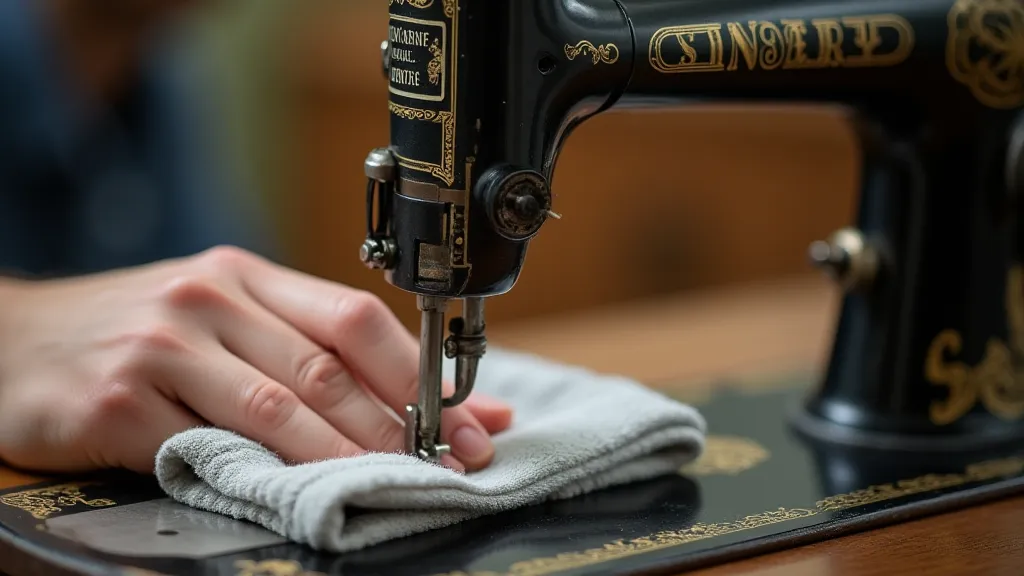
Addressing Common Machine Models
Different Singer models present unique challenges when dealing with rust. For example, the Singer 99K, with its complex mechanism, requires extra care and attention to detail. Similarly, models like the Singer 12 are renowned for their intricate designs, which necessitates a delicate approach to rust removal and refinishing. Always research your specific model to understand its vulnerabilities and the best restoration techniques.
Advanced Restoration Techniques
For severely rusted machines, more advanced techniques might be required. Electrolytic rust removal, for example, uses an electric current to separate rust from the metal. However, this method should only be attempted by experienced restorers as it can damage the machine if not done correctly. Sandblasting is another option, but it can be too abrasive for delicate parts. Understanding the nuances of each technique is key to preserving the machine’s integrity.
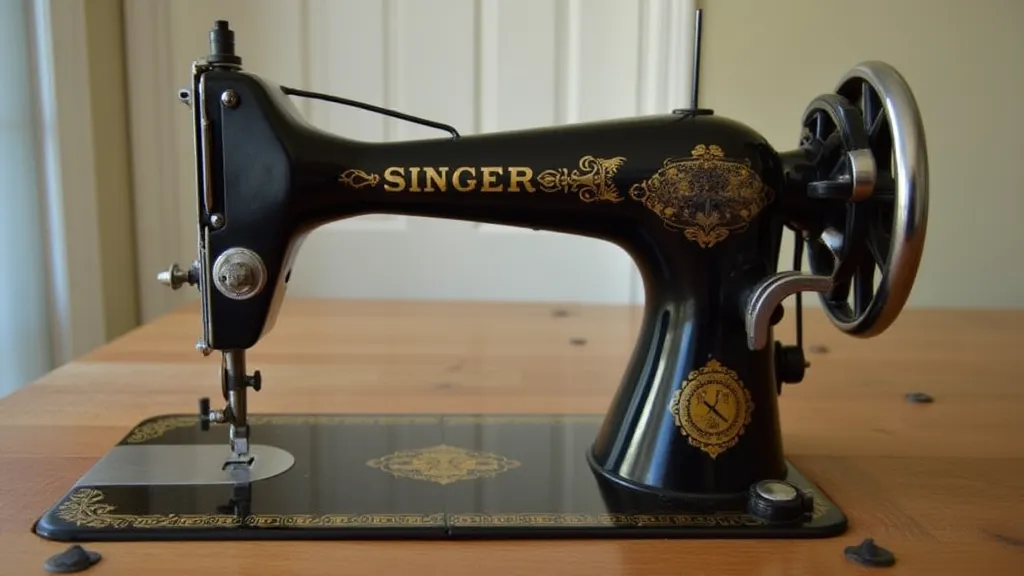
Conclusion
Dealing with rust on antique Singer sewing machines requires patience, care, and the right approach. By following these guidelines, you can breathe new life into your vintage machine and preserve it for generations to come. Remember that preventative measures are always better than reactive ones, and with a little care and attention, your antique Singer sewing machine can continue to be a treasured heirloom for years to come.
